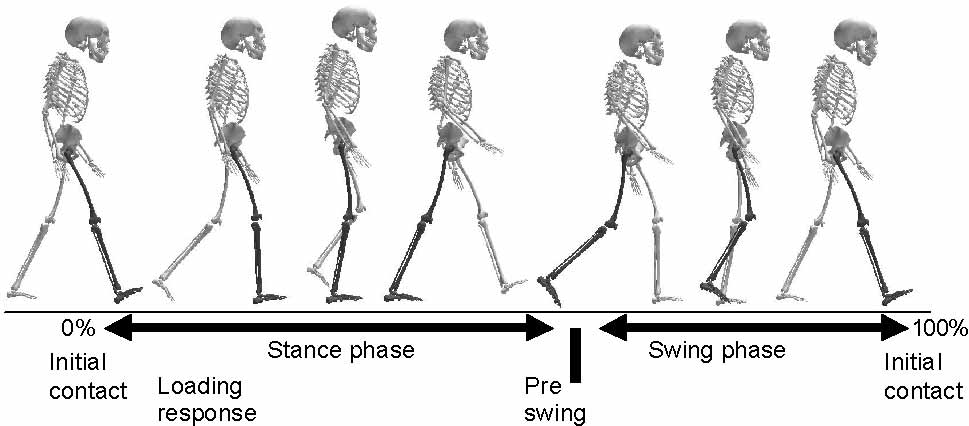Entre el repique y el estruendo, la celebración del 5 de mayo en puebla, 1868-1930
Entre el repique y el estruendo, la celebración del 5 de Mayo en Puebla, 1868-1930 Rosalina Estrada Urroz - Enrique Cano Galindo Entre el repique y el estruendo, la celebración del 5 de Mayo en Puebla, 1868-1930 Date de mise en ligne : samedi 19 janvier 2013 Description : México, Imperio de Maximiliano, Fiesta, Conmemoración, 5 de Mayo 1862 Artelogie Entre el repique y
 Joint injections in children with JIA
Table 1. Demographic data showing mean (SD) for children with JIA
England). Thirty-four reflective markers (25 mm) were
attached bilaterally on the subject’s skin at the head,shoulders, arms, pelvis, legs and feet according to the
biomechanical gait model (Plugin Gait, Vicon Motion
Systems). A total of three completed walking trials were
performed for the kinematics and time-distance par-
ameters. Two force plates (Kistler, Basel, Switzerland)
along the walkway were used to measure ground
reaction forces to produce joint kinetic information
using inverse dynamics. One to three completed
walking trials were performed to measure kinetics. A
walking trial was considered completed if the subject’s
right or left foot made a clean contact on the force plate.
Joint injections in children with JIA
Table 1. Demographic data showing mean (SD) for children with JIA
England). Thirty-four reflective markers (25 mm) were
attached bilaterally on the subject’s skin at the head,shoulders, arms, pelvis, legs and feet according to the
biomechanical gait model (Plugin Gait, Vicon Motion
Systems). A total of three completed walking trials were
performed for the kinematics and time-distance par-
ameters. Two force plates (Kistler, Basel, Switzerland)
along the walkway were used to measure ground
reaction forces to produce joint kinetic information
using inverse dynamics. One to three completed
walking trials were performed to measure kinetics. A
walking trial was considered completed if the subject’s
right or left foot made a clean contact on the force plate.